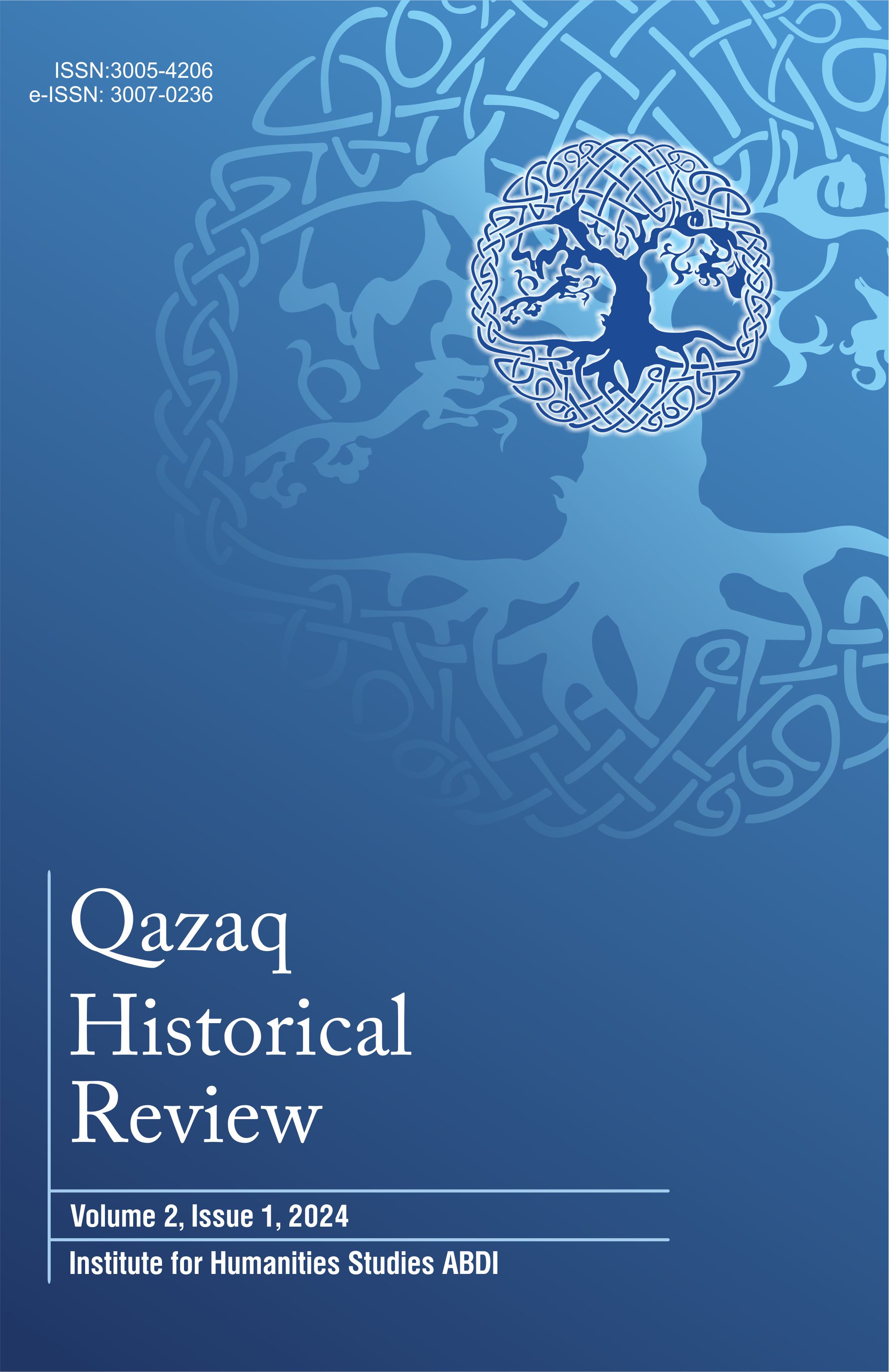Vol. 2 No. 1 (2024)

The images of Qazaqstan's distant past never cease to arouse interest. Ruins of ancient settlements and majestic burial mounds, centers of ancient metallurgy and religious settlements, ancient tools, ceramics or coins, all this has a strong emotional impact. The study of the archaeological heritage of Qazaqstan in Soviet times and during the sovereign period has significantly expanded the horizons of national history, proved the existence of ancient and developed archaeological cultures, and their global connection with the most ancient centers of human civilization.
Modern representation of archaeological discoveries in museums and school textbooks, modern monuments and symbols of the state testify to the importance of the ancient period in our days. Sometimes the past is incorrectly, or biasedly interpreted and non-existent sensations or fantastic phenomena are ‘found’ in it. To neutralize all this, archaeologists of Qazaqstan not only conduct scientific research, but also conduct an active dialogue with society, explaining in simple language the goals and methods of complex archaeological research.
The current issue of the scholarly journal Qazaq Historical Review is devoted to the current results of archaeological research. The editorial board has invited modern Qazaqstani archaeologists as authors to publish the results of their research. We hope that the new published material will help in further research.
Antonina Ermolaeva, Albina Erzhanova, and Ekaterina Dubyagina – a Margulan Institute of Archaeology team, are publishing new data from the ancient metallurgy monument in the Zhezkazgan-Ulytau mining and metallurgical center, the Taldysay Settlement. Tatyana Loshakova, Senior researcher at the Institute of Archaeology, is presenting the results of research of the Bronze Age settlements (Toksanbay, Aitman and Manaysor) on the Ustyurt plateau in the North-Eastern Caspian region, against a broad historical and archaeological background. Ilyar Kamaltdinov's article is examining a medieval bowl from the 10th – 11th centuries with an image of a steppe eagle and epigraphic decor, found during excavations in the northern part of the shakhristan of the medieval settlement of Otrar. Asemgul Kasenova, Candidate of History, Leading researcher at the Institute of Archaeology, is tracing the history of chamber sculptures of Central Qazaqstan, and their modern study. Zhanbolat Utubaev and Sergey Bolelov, both Candidate of History, have devoted their article to the history of the formation and development of the ancient delta of the Syr Darya and its settlement before the beginning of the 1st millennium AD, according to archaeological data. Dokey Taleev, Candidate of History, Leading researcher of the Institute of Archaeology, is reconstructing the sacred meaning of the Golden Horde cities of Saraychik and Barchinkent.
The special editor of the issue is Asemgul Kasenova, a Candidate of History.








